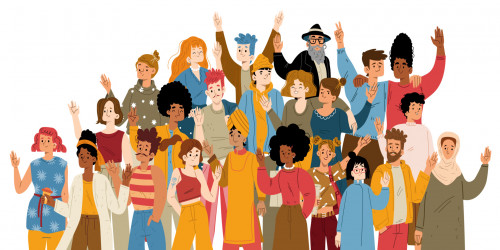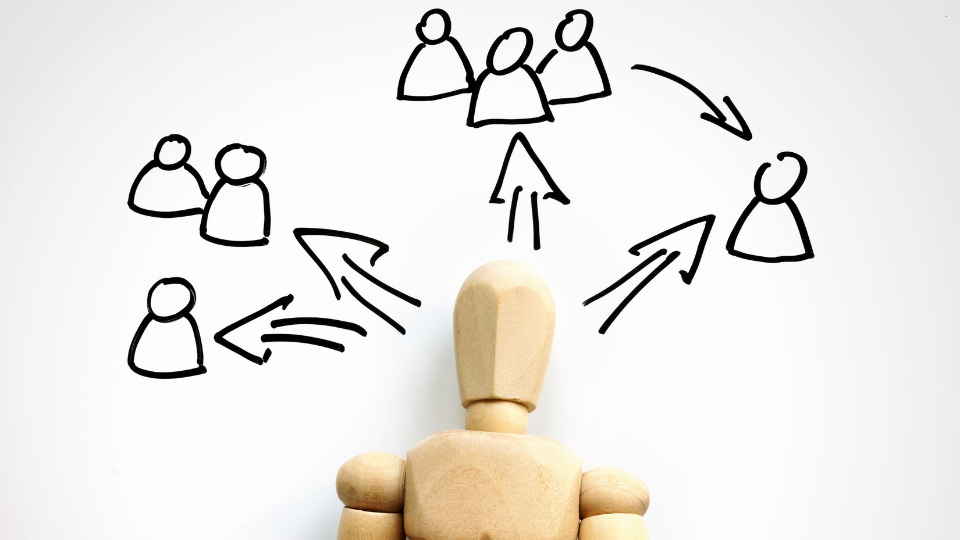A multigenerational workforce is emerging as different generations grow up in different eras, with different cultural, economic, and social experiences. It shapes new perspectives, values, and habits in the workplace.
Today, the baby boomers represent 15% of the working population, whereas Generation X represents 33%. The highest percentage is for millennials, 40%, while Gen Zs are 10%.
Yes, a multigenerational workforce brings diverse skills, knowledge, and perspectives to the workplace, which can only be an asset for businesses if they know how to take advantage of it effectively.
Managing a Multigenerational Workforce: Fundamental Principles
However, a multigenerational workforce may also create communication, collaboration, and leadership challenges. Consequently, organizations need to develop strategies to foster mutual understanding and respect among generations.
To lead a multigenerational workforce, we need to understand and adapt to each generation’s unique perspectives, values, and work styles. Key principles that can help leaders effectively lead a multigenerational workforce include:
1. Clear Expectations
Providing clear expectations is a key aspect of managing a multi-generational workforce. Communicate clear expectations of performance, work responsibilities, and goals.
Ensure that everyone understands what is expected of them, regardless of their generation. Clear expectations make it easier for employees of all ages to understand their roles, responsibilities, and expectations.
2. Active Listening
Encourage people to listen to each other and seek to understand competing points of view, ideas, and concerns. Active listening is about hearing what the other person is saying and understanding their point of view, feelings, and needs. It promotes trust and respect among generations.
3. Career Development Opportunities
Provide professional development and training opportunities to help employees acquire new skills and keep abreast of the latest trends in their field. It can benefit employees across generations and contribute to a more qualified and productive workforce.
It also shows that we value our employees and are committed to growing and developing them, which can improve employee engagement, retention, and overall job satisfaction.
4. Flexibility
Different generations can have different workstyles, preferences, and needs. They also have varying choices for work-life balance, technology, and work arrangements.
Therefore, as much as possible, offer flexibility in these areas to meet the needs of all employees. Flexibility may help to address these differences and create a more inclusive and positive work environment.
5. Inclusiveness
Create a workplace culture that values diversity and fosters inclusivity. Promote open communication and respect for different points of view and work styles. A workplace that is inclusive, values and respects the unique differences and contributions of all employees, regardless of age.
How to Manage a Multigenerational Workforce: A Strategy Worth-trying
To effectively communicate, collaborate and lead a multi-generational workforce, here are a few strategies managers can explore:
1. Foster collaboration
Collaboration can help promote knowledge sharing, innovation, and a sense of belonging for employees of all ages. Give employees opportunities to collaborate on projects and initiatives.
We can create cross-generational teams to encourage collaboration and idea-sharing. It can help employees learn from one another and bring different points of view to the table.
2. Use a variety of communication channels
Different generations may have diverse preferences for communicating. They may have different choices for communication channels, such as e-mail, telephone, chat, videoconferencing, or in-person meetings.
Using a variety of channels can ensure that everyone receives and answers messages as they prefer. It can help to make sure everybody can accept and understand the information.
3. Acknowledge and embrace diversity
Yes, a “one size fits all” approach could be ineffective. Each generation has its own experiences, perspectives and work styles. Recognize and accept those differences and create a culture of inclusion that values the contributions of all team members.
We can start getting to know our team in person, listening to their ideas and concerns, and providing them with the support and resources they need to be successful.
4. Offer opportunities for reverse mentoring
Intergenerational exchanges can help break down generational barriers, promote mutual respect and understanding, and promote knowledge transfer between different age groups. For instance, we could implement a buddy system where team members of different ages are paired to work on projects and learn from one another.
In addition, younger employees can coach older employees about new technologies or trends. Conversely, more senior staff can coach younger teams based on the experience and wisdom gained over the years in the industry.
5. Offer flexible work arrangements
Flexible work arrangements make it easier for employees to balance work and personal responsibilities. Giving team members more control over their work schedule can improve their satisfaction and motivation at work.
For instance, survey your team for their preferences and commitments outside of the workplace. It can help you determine the flexible work arrangements that best benefit your team.
6. Emphasize shared values and goals
Despite the generational differences, all employees share common values and goals, such as the desire to work in meaningful ways, professional growth and work-life balance. As a result, emphasizing shared values and goals can contribute to team unity.
Where team members share common values and goals, they are more likely to work together effectively and achieve a common goal. It can help build confidence and a sense of camaraderie between team members, regardless of age or background.
Managing a multigenerational workforce can be challenging because different generations can have different values, styles of work and communication preferences. However, if properly managed and strategized, those challenges can be overcome.







